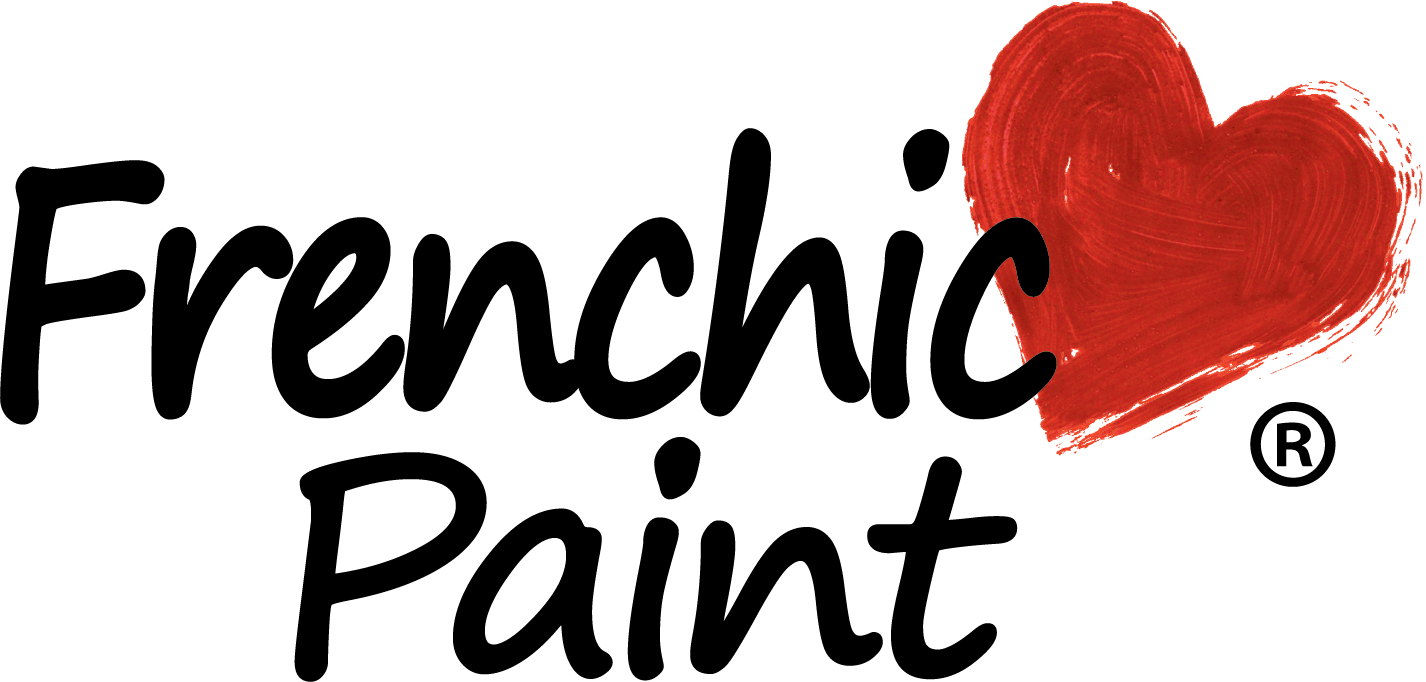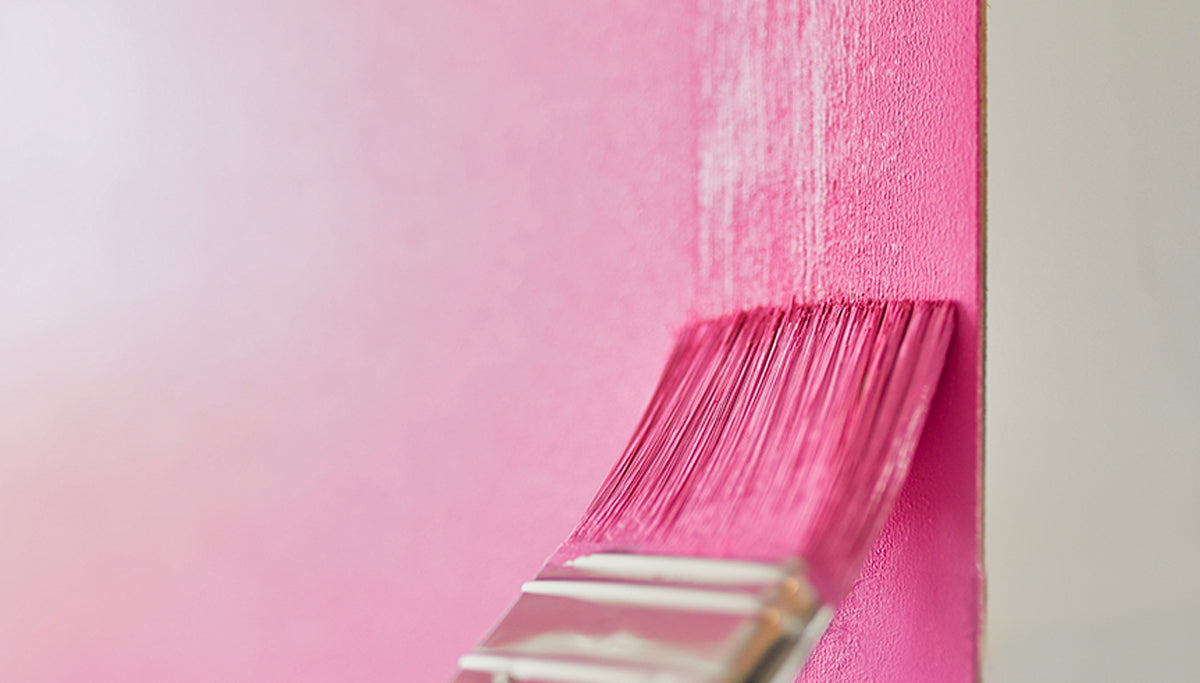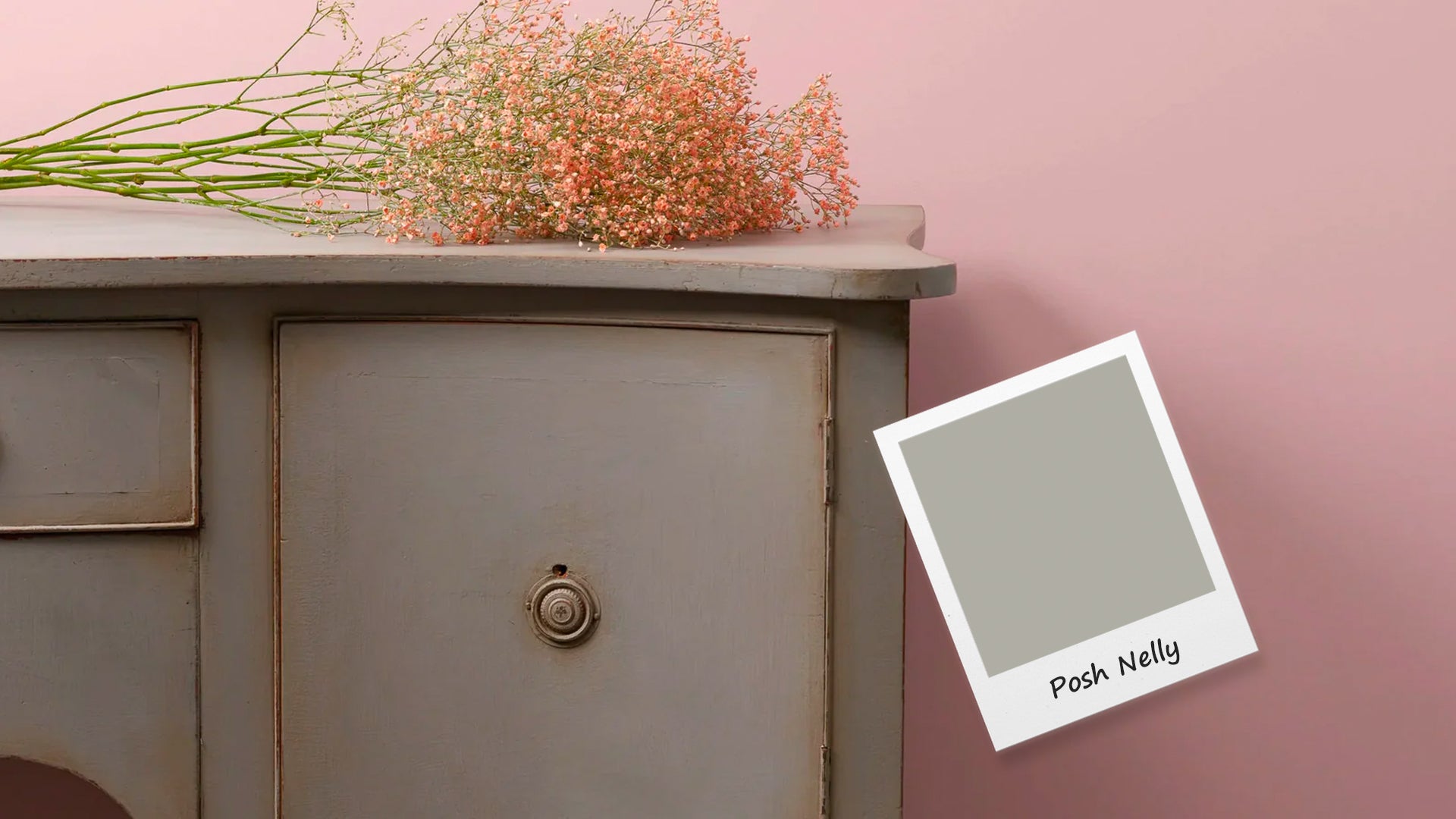Key FAQ points:
- Choose a suitable brush – try to avoid stiff and/or flat-cut bristles
- Perfect your technique, using a light touch
- Avoid overloading your brush
- Apply the right amount of paint so coats aren’t too thin
- Use self-levelling paint
- Make sure your surface is in a good condition for painting
The best way to achieve a smooth finish for your hand painted projects tends to involve a mix of good technique and a bit of practice. However, other factors are also important. These include surface preparation, choice of tools and type of paint – all of which we discuss in more detail below…
---
A word about brushmarks
First of all, it’s worth noting that brushmarks are the sign of a hand-painted item of furniture, or any project for that matter. When they attract attention because they are uneven, rough or pronounced, they can spoil appearances. But when they are subtle, smooth and nicely organised, they can really add to the appeal of the finished project.
In fact, a completely flat, factory-style finish can often look surprisingly devoid of character. If you want an ultra-flat finish, you will need to use a sprayer. All that said, here are our tips to help with minimising brushmarks so you can achieve a smooth finish…
Choose your brush
You can use any brush, but softer, tapered bristles tend to promote a smoother finish. Try to avoid those with stiff and/or flat cut bristles. These can easily cause drag lines, creating brushmarks and encouraging overworking of the paint. In turn, this leads to an uneven texture.
You may find Frenchic Oval Brushes are a good choice, especially if you are not an experienced painter. They are specially formulated for chalk paint pick-up and can really help you get a good finish.
Perfect your technique
How you use your brush will affect the smoothness of your finished project. Aim to apply the paint with a light touch and even pressure, with long, smooth brushstrokes. As simple as it sounds, practice really does make perfect so try out your technique before you embark on a large project. You can always practise on the inside of cupboard doors or on a small piece of pre-loved furniture to hone your skills.
Another trick, if you are painting a surface that has a grain or grain effect, is to apply the paint in the direction of the wood grain, also called ‘with the grain’, for a natural looking feel.
Roller and brush combo
Some like to use rollers. We are all accustomed to the slightly dimpled effect of paint applied by roller, but it doesn’t suit every surface or project – especially for woodwork and furniture.
Used alone, rollers are not always the best way to achieve a smooth finish, but they can help to cover large areas more quickly than a brush. The compromise is to use both! You can apply your paint via a well loaded roller and then immediately smooth it with a brush to leave a flatter finish.
The important thing to remember is to smooth as you go to avoid drag. Use a small roller so you are not trying to smooth paint in a large area, as it starts to dry quite quickly. This is demonstrated by our brand ambassador, Craig Phillips, in the video below:
Use the right amount of paint
A good tip is to avoid overloading your brush – dip it no more than 2cm into the paint. If you have too much paint on the brush, it can lead to overworking. This reduces the paint’s ability to self-level, causing drag marks.
Try to make sure you have applied enough paint – you can check the coverage rate on your tin. If you are applying thinly, then more coats are required to build up good coverage. This stops the colour beneath showing through between brushmarks. This is especially important when using a colour that contrasts strongly to the original surface.
And use the right type of paint
If you’re looking for a smooth finish, self-levelling paint is the answer. This type of paint levels itself out, so it can really help to create a smooth finish. All Frenchic ranges are self-levelling, apart from the Original Artisan Range, which is a traditional-style chalk paint.
Surface preparation
Ensuring the surface you want to paint is in suitable condition is key to achieving a smooth finish too. With self-priming paint, simple prep is usually all you need. Ensure the surface is in good condition and clean – then lightly sand provide a key to maximise adherence. Previous oil or wax coatings can mean adherence is problematic. In these cases, you will need to prepare more thoroughly.
A fresh coat of paint will not hide the imperfections of a surface that starts out pitted, dinged, rough, uneven or with flaking paint. The same can happen with porous surfaces, which haven’t been sealed, as they will absorb more of the initial coat of paint.
A note on translucent surfaces
If you are painting something that is translucent or semi-translucent (like glass or polycarbonate sheeting), you will often find that brushmarks are more visible due to the light passing through and highlighting them. Sometimes, using a coat of darker paint can reduce this, but you are likely to need more coats to block the light.
Paint in suitable conditions
If you’re looking for a smooth, even finish, the conditions you paint in are also important. Painting in direct sunlight or very warm conditions can also lead to brushmarks due to overworking the paint because it dries quickly. Avoid painting outside in direct sunlight or if the surface is warm.
Cold and damp conditions while painting can also cause an uneven finish. While you won’t necessarily see brush strokes, you could end up with patchiness due to inefficient drying.
For more simple tips on how to paint furniture for a smooth, even-looking finish, take a look at the video below:








